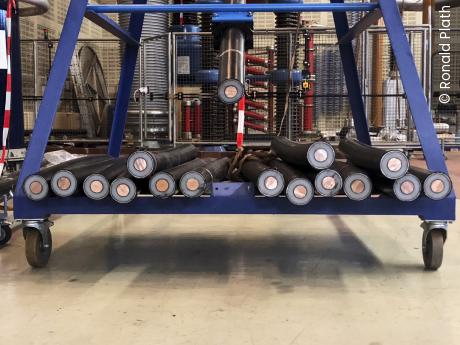
At the core of every high voltage application, there is the need for different electrical potentials to be kept separate from each other. Many different applications with their unique demands and stresses onto the insulation system have spawned a plethora of different (multi-)material systems engineered precisely to fit a certain kind of equipment and mode of operation. From gaseous or liquid to solid dielectrics, from polymers to ceramics, each material poses its own advantages and challenges in design, production and operation.
Furthermore, requirements for insulation systems are constantly changing. New and emerging trends like HVDC transmission or the overall de-centralization of power generation change the operational stresses an insulation is expected to endure during operation; and a rising awareness for the health aspects and environmental compatibility of substances causes novel materials to suddenly become more attractive.
Additionally, recent progress in the fields of materials science such as nano-composites open up new possibilities to improve key properties such as electrical resistivity and thermal conductivity, or to delay overall aging of an insulation system to ensure a more competitive product lifecycle.
